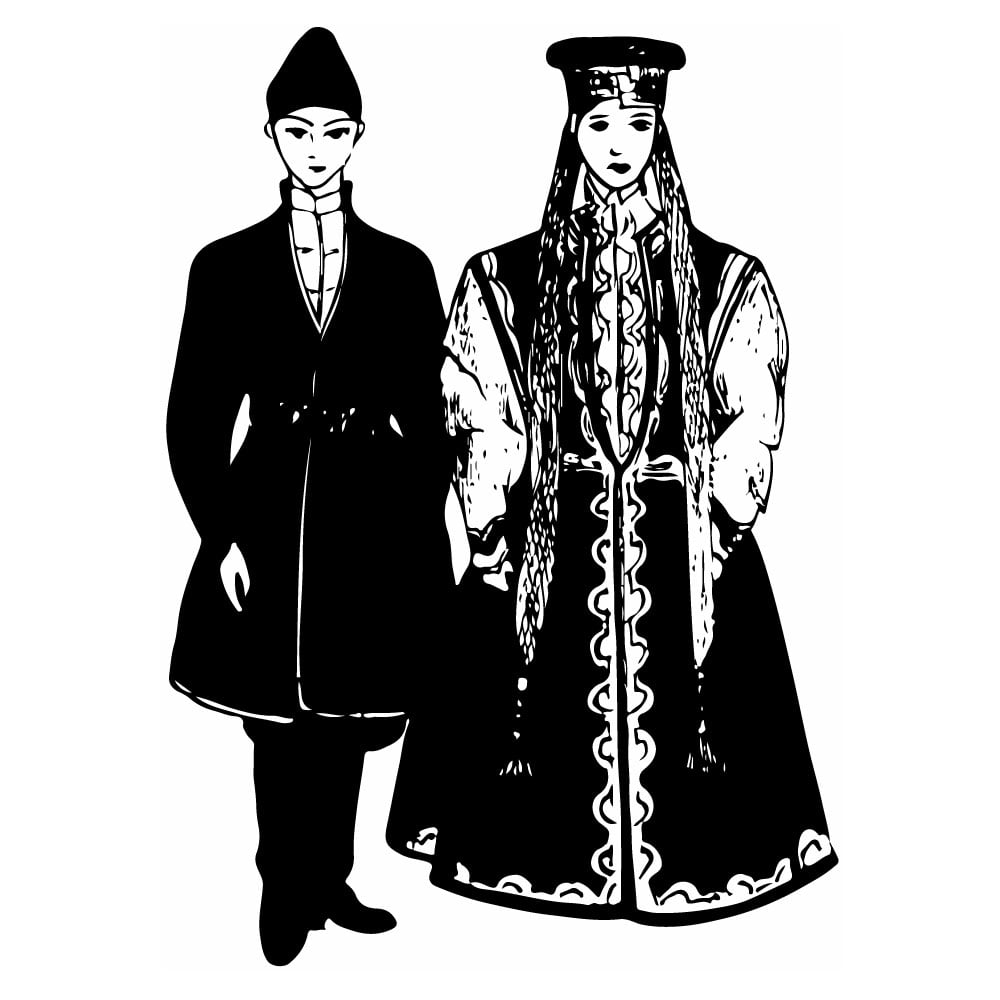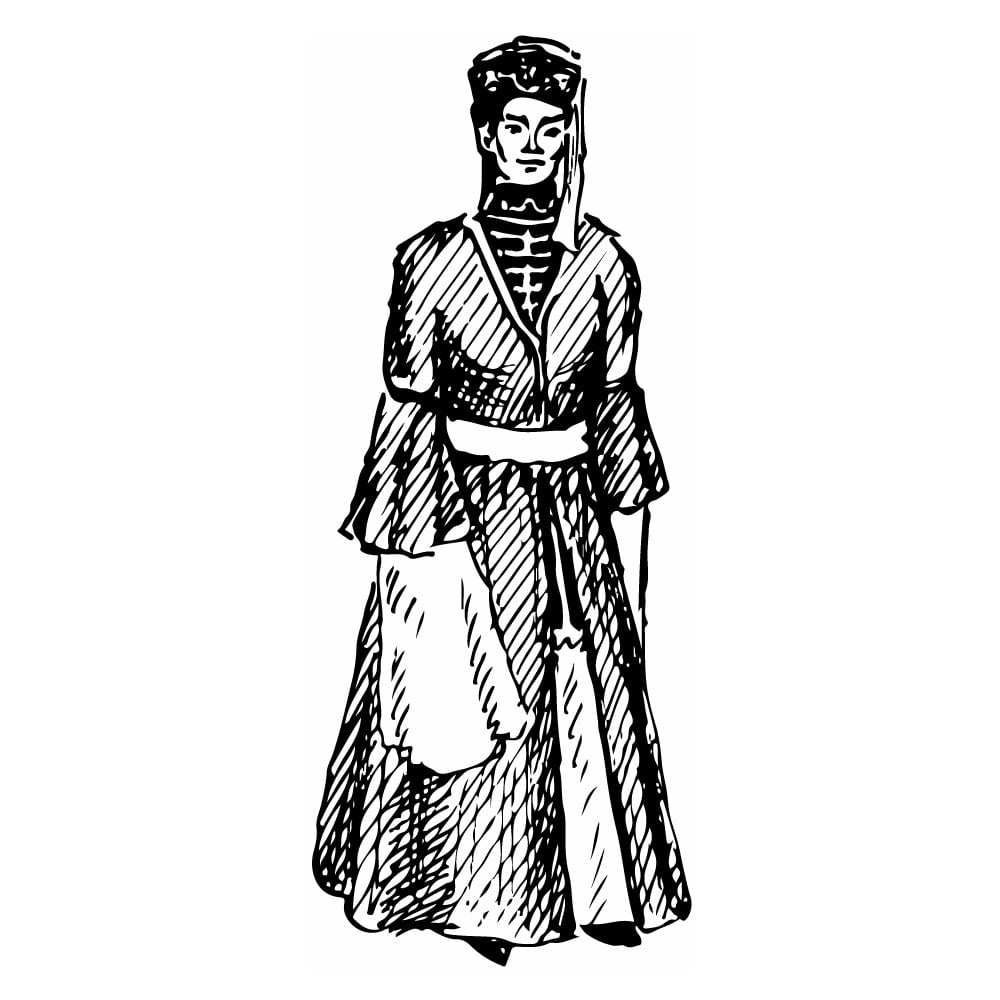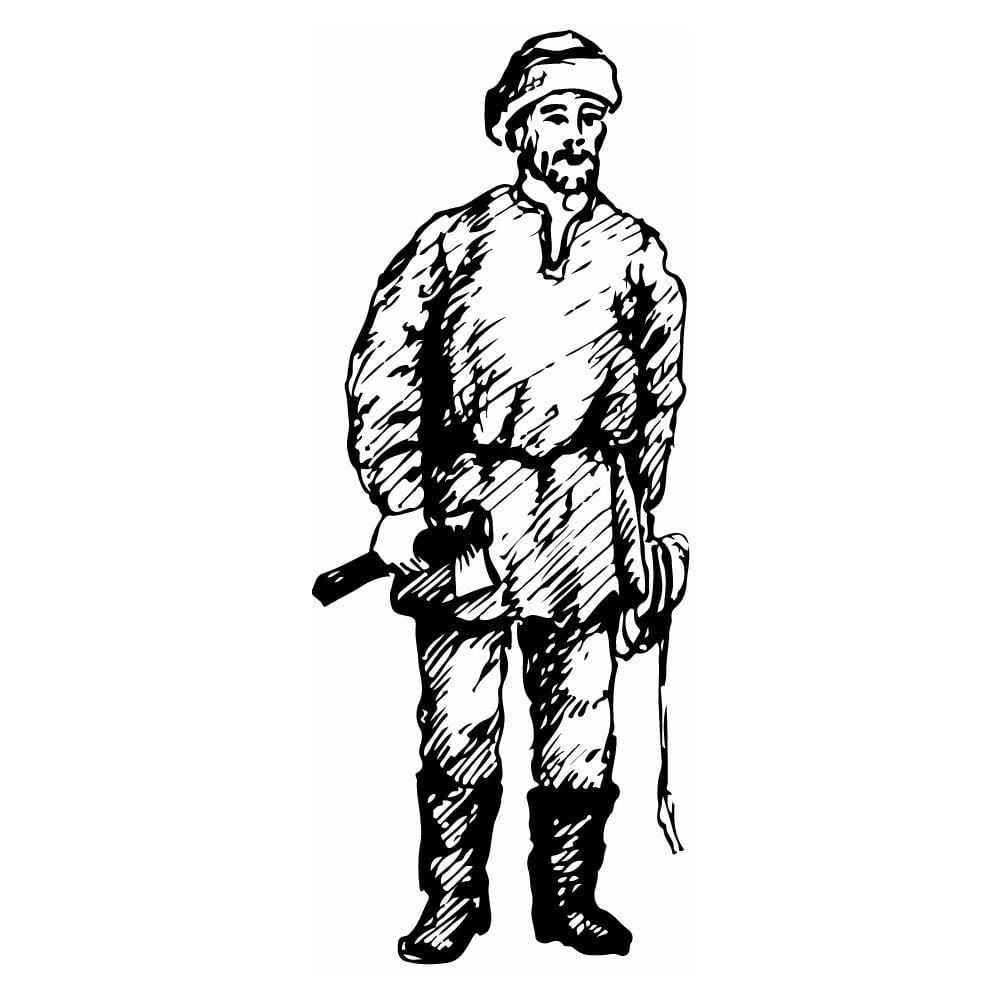Ents
| Population | 200 |
| Language group | Samoyedic |
| Language | Entic |
| Region | Taimyr National Area of Krasnoyarsky Krai |
| Religion | Animism |
*Population estimates for 1994
In language and ethnographic respect, the Ents (or Enets) are close to the Nganasan and the Nenets. By its sound composition, the Ents’ language is similar to the Nganasan language.
By the beginning of the 20th century, the Ents had been known as Samoyed. The Ents did not have a common name. The name Ents came into use after the Revolution (1917). It came from the word “enete” meaning “man.”
The total number of the Ents tribes reached 3,000 people at the beginning of the seventeenth century. However, a number of epidemics, collisions with the Selkups, assimilation with the Nenets and the Selkup, and in the nineteenth and twentieth centuries with the Dolgan reduced the number of the Ents.
The Ents have been hunters, reindeer-breeders, and fishermen. They used to hunt for deer and blue fox. Fishery was a widespread occupation, especially among the Ents living in the woods.
The tundra Ents clothing was the exact copy of the Nganasan clothes. The Ents living in the woods were dressed like the Nenets, with a few differences.
The Ents’ folklore is very rich and is presented with bylinas, folk tales, historic legends, and songs.
At present the Ents’ economy is based on the three main branches: reindeer-breeding, hunting, and fishery. The most important item of fur trade is the polar, or blue, fox. The Ents usually wear Russian underclothes and summer clothes; the Nenets clothes for winter.
This is Ad 1




























